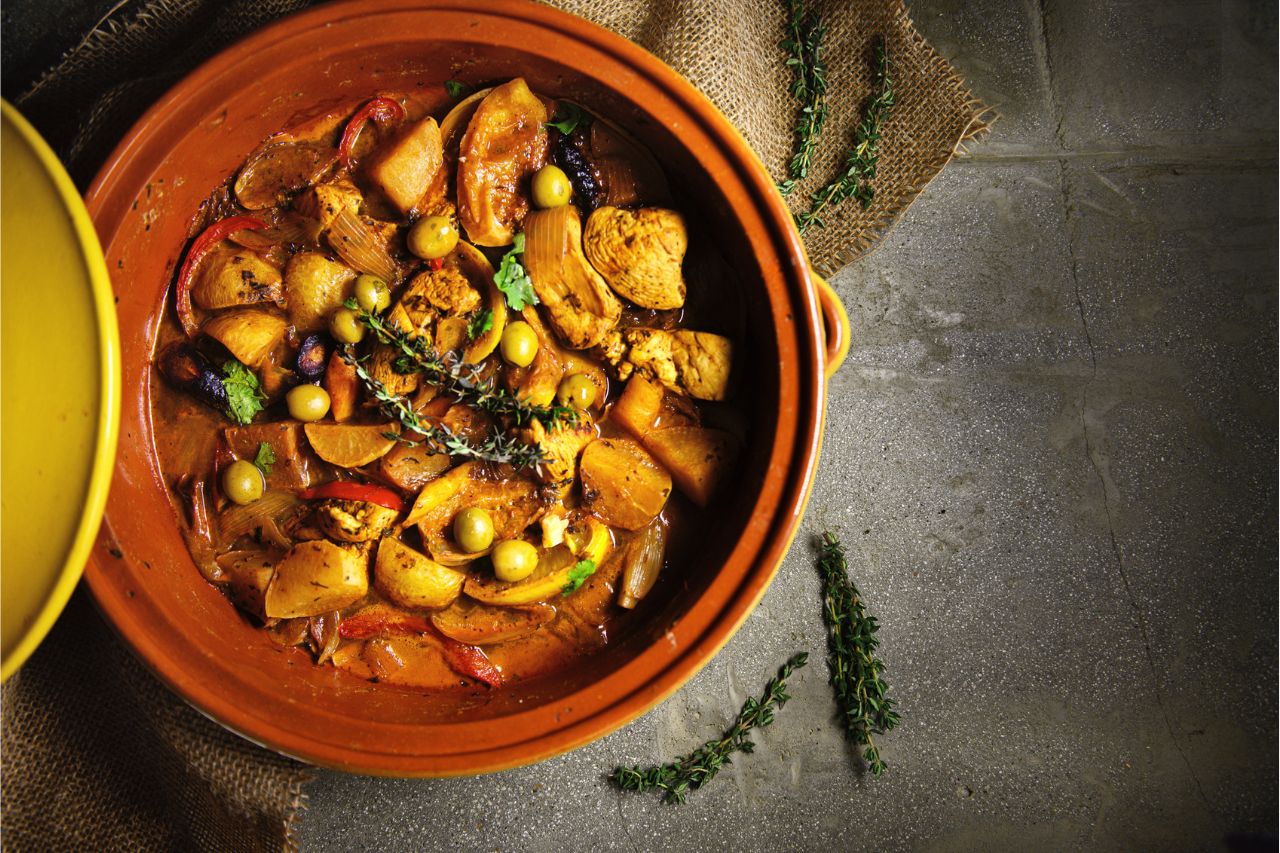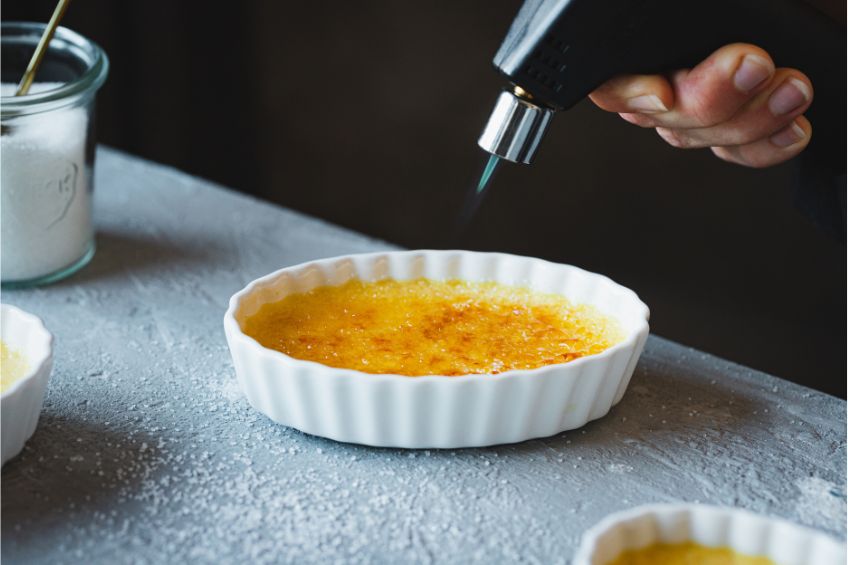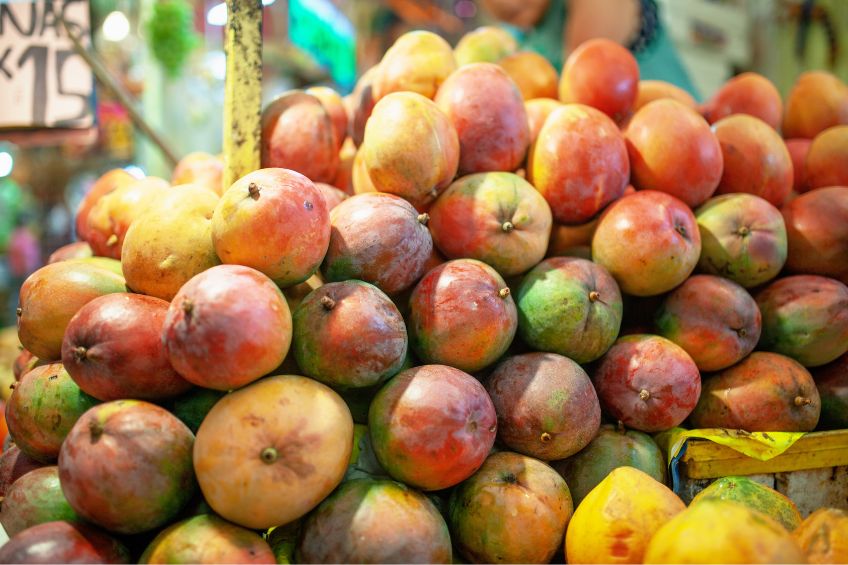
It’s no secret that France’s colonial history with its former African colonies is one of immense hardship. Much of France’s economic prosperity came from the exploitation of resources across colonized land in Africa. Throughout this colonial period, many Africans from Morocco to Comoros met with explorers and culinary enthusiasts alike. Through these interactions, knowledge was shared, food was tasted and thus the French culinary renaissance was born.
France’s distinct cuisine is often associated with pastries, game meats and an extensive selection of fine cheeses. However, in the busy streets of cities like Paris, Nice and Marseille, lives the warmth and flavour of a shared history that has transcended borders. Here’s a shortlist of some of the notable influences many regions across Africa have contributed to French cuisine over the past 350 years.
Spices became a hit

Getty Images
When you think of spice trade, France isn’t exactly the first country that comes to mind. Much of France’s more dynamic dishes are inspired by the various spices used across Africa. In any French kitchen you’ll most likely find spices like cumin (West Africa), saffron (Morocco) and vanilla bean (Madagascar). Popular blends include za’atar (Egypt) and berbere (Ethiopia).
Over the years, French cuisine has utilized these spices to amplify game meat dishes and mixed vegetable stews. The regions of Provence and Camargue are more likely to use these ingredients, as their close proximity to the Mediterranean makes these spices more accessible. Even Julia Child utilized African spices in her famous recipes — seamlessly adapting French food with African flare.
Related: Flavourful West African Recipes You’ll Make on Repeat
Tajines over dutch ovens

Getty Images
Each summer, travellers across the world enjoy the sunshine and warmth of the French Riviera. From the streets of Cannes to the beaches of Menton, there is plenty of delicious food to be explored.
Across these beautiful seaside towns are restaurants stacked with a common element used amongst North African countries — the Tajine. Tajine or Tagines are clay crafted pots used to make traditional stews. Tajines are most notably attributed to Moroccan cuisine, and have been adapted to create various meat-based stews, including the traditional French cassoulet.
Related: Vegan West African Peanut Lentil Stew: The Comfort Food You Need
Ready your sweet tooth

Getty Images
Aside from the croissant, it’s obvious the crème brûlée is one of the most notable foods to come out of France. Dessert culture in France is quite active, with over 30,000 bakeries and pastry shops in Paris alone. At almost every Brasserie you can find either a classic crème brûlée or tarte tatin as your dessert option.
Nearing the end of France’s colonial period in the 1900s, many desserts were adapted by African chefs — most notably the crème brûlée. The integration of ginger and/or saffron caught the attention of Michelin star restaurants across France. It’s not uncommon now to have an elevated dessert consist of these two spices. Even the popular dessert knafeh (of North Africa and the Middle East) has made waves in the food scene, often becoming the sweet alternative to classic French desserts.
Related: This Easy Make-Ahead Vietnamese Coffee Creme Brulee is the Dessert You Need
Tropical goodness

Getty Images
If you’re a fan of Italian gelato, you’ve most certainly tried France’s classic sorbet. Introduced to France in 1533 via Turkish and Arabic influence, the sorbet or “water ice” was a refreshing substitute to the otherwise heavy desserts commonly eaten by French nobles. Sorbet consists of a few simple ingredients: sugar syrup and a fruit puree that is chilled and churned over a period of time.
As France expanded their reach across the Africa, so too did the selection of fruity flavours offered by sorbet makers. Mango became a massive hit amongst French people, and were exported in troves from countries like Ivory Coast and Senegal. After gaining independence from France in 1960, both countries continued to export mangos to France as the demand for the sweet fruit grew immensely over the years. You can find mangos integrated into many French dishes from galettes, tarte tatin and various regional salads.
Related: Mango Recipes to Try This Season
The influence Africa continues to have on French culture goes beyond the scope of food. The continent has influenced various areas of France’s prevalent art scene, interior design and fashion industries. French restaurants that pay homage to traditional African ingredients often are inspired to craft menus and restaurant interiors that match the core elements of the continent. The beauty, elegance and sophistication of traditional African cooking practices have truly elevated the French dining experience, and will surely continue to be a core pillar in France’s ongoing innovation in food.
